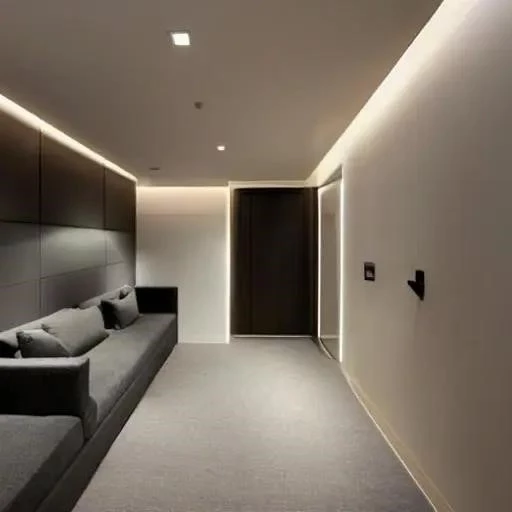In the relentless vertical march of our modern cities, elevators are far more than mere conveyances; they are silent, swift gateways to our daily lives; Yet, for decades, these essential capsules were often treated as purely utilitarian boxes, functional but devoid of personality. That era, however, is dramatically shifting. Today, a quiet revolution is unfolding within these moving rooms, transforming them into immersive, thoughtfully crafted environments.
The burgeoning importance of sophisticated elevator car interior design is now undeniably clear, recognized by visionary architects, savvy developers, and discerning users alike. No longer confined to mundane aesthetics, these spaces are becoming pivotal extensions of a building’s identity, profoundly influencing first impressions and daily experiences. By integrating insights from psychology, ergonomics, and cutting-edge technology, designers are crafting journeys that are not just efficient but genuinely enriching, elevating the mundane into the magnificent.
Key Trends & Innovations in Modern Elevator Design
| Category | Modern Elevator Car Interior Design Elements |
|---|---|
| Key Design Trends |
|
| Material Innovations |
|
| Technological Integrations |
|
| Impact & Benefits |
|
| For Further Information: Visit Elevator World Magazine for industry insights and innovations. | |
Stepping into an elevator, even for a brief moment, often triggers a subtle psychological response. Historically, these confined boxes could induce feelings of claustrophobia or impatience. However, contemporary design principles are masterfully addressing these concerns. By employing strategies like expansive mirrors, which visually enlarge the space, or incorporating biophilic elements such as simulated natural light and vertical gardens, designers are transforming potentially stressful journeys into remarkably calming interludes. It’s an artful blend of aesthetic appeal and cognitive comfort, making every ride feel less like a transit and more like a moment of serene transition.
The choice of materials is incredibly pivotal in shaping an elevator’s ambiance and its environmental footprint. Gone are the days of drab laminates and cold stainless steel being the sole options. Today, the industry is enthusiastically embracing a spectrum of sustainable and innovative materials. Think recycled wood veneers, eco-friendly composites, and even self-cleaning, antimicrobial surfaces, which are particularly relevant in our health-conscious era. These selections not only contribute to a building’s green credentials but also offer a sophisticated palette for designers, allowing for textures, colors, and finishes that evoke luxury, warmth, or cutting-edge modernity, all while reducing maintenance demands.
Beyond tangible surfaces, the digital realm is profoundly reshaping elevator interiors. Interactive digital displays are becoming commonplace, seamlessly presenting real-time news, weather, or captivating art installations, converting passive waiting into active engagement. By integrating insights from AI and the Internet of Things (IoT), modern elevators are evolving into smart, responsive entities; Imagine an elevator “learning” your preferred floor or adjusting its lighting to your mood, or even predicting maintenance needs before they arise. This sophisticated technological infusion is not merely about convenience; it’s about crafting a personalized and incredibly efficient experience, foreshadowing a future where every journey is intuitively tailored.
Leading figures in architecture and interior design are unequivocally championing this evolution. Sarah Chen, a renowned interior architect specializing in commercial spaces, observes, “Elevator design is no longer an afterthought; it’s a critical component of a building’s narrative. It sets the tone, communicates value, and fundamentally impacts occupant satisfaction.” Indeed, prestigious projects worldwide exemplify this trend. From the breathtaking, panoramic glass elevators in London’s Shard, offering unparalleled cityscapes, to the thoughtfully minimalist, tactile designs found in high-end residential towers in Tokyo, each project underscores a commitment to design excellence. These examples are powerful testaments to the transformative power of a meticulously crafted elevator interior.
Looking ahead, the trajectory for elevator car interior design is undeniably bright and exhilarating. As urban environments continue their upward expansion and our expectations for seamless, enjoyable experiences heighten, the role of these vertical connectors will only grow in significance. We are stepping into an era where every ascent and descent is an opportunity for delight, a moment of calm, or a touch of inspiration. The future, thoughtfully designed and beautifully executed, promises that our journeys within these essential spaces will be as enriching and memorable as the destinations themselves. Embrace the upward momentum; the view from inside is truly spectacular.






